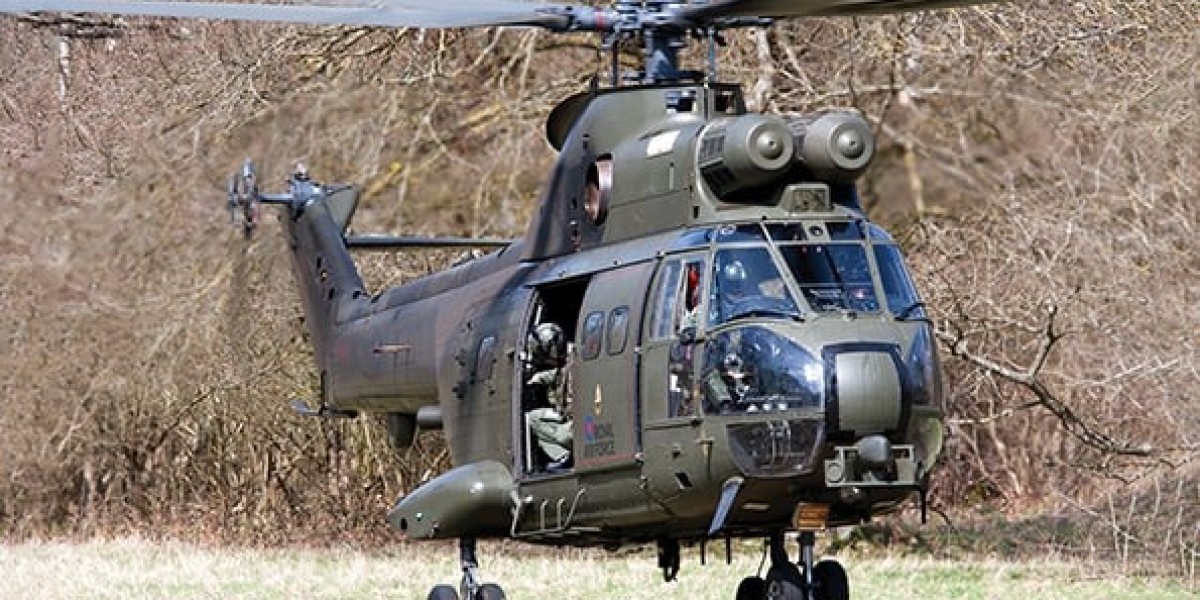Beyond new airframes, a silent revolution is taking place within the cockpits of the world's military helicopters. The focus has shifted from pure mechanical power to digital prowess, with artificial intelligence, autonomous systems, and connected battlefields redefining what these aircraft can do. This technological infusion is enhancing mission success rates and crew survivability, creating a new era of intelligent vertical lift.
This evolution is supported by sustained global investment. According to Straits research, the global military rotorcraft market size was valued at USD 19.65 billion in 2024 and is expected to grow from USD 20.25 billion in 2025 to reach USD 25.75 billion by 2033, growing at a CAGR of 3.05% during the forecast period (2025-2033). A significant portion of this expenditure is now directed towards modernization and technology upgrades for existing fleets, as well as the development of software-defined capabilities for new platforms.
Key Technological Trends Reshaping Operations
The modernization of rotorcraft is centered on several critical technological domains:
Artificial Intelligence and Automation: AI is being integrated to reduce pilot workload. Companies like Lockheed Martin are developing AI co-pilots that can handle complex tasks like terrain following, obstacle avoidance, and even managing unmanned teaming functions. This allows the human crew to focus on tactical decision-making.
Manned-Unmanned Teaming (MUM-T): This is arguably the most transformative trend. Pilots in aircraft like the AH-64E Apache Guardian (Boeing, USA) can now control multiple Sky Guardian drones from the cockpit. These drones act as loyal wingmen, scouting ahead, designating targets, and expanding the sensor range of the mothership, all while keeping the helicopter at a safer distance from threats.
Mosaic Warfare and Open Systems Architecture: The U.S. Department of Defense is pushing for an "open systems" approach, where hardware and software components are interchangeable. This "Mosaic" concept, promoted by DARPA, allows for rapid upgrades and the integration of best-in-class technology from various vendors, moving away from proprietary, locked-in systems. This benefits agile companies that specialize in specific technologies, such as L3Harris Technologies (USA) with its advanced communication systems.
Advanced Training and Simulation: With aircraft becoming more complex and expensive to fly, synthetic training is paramount. CAE Inc. (Canada) is a leader in providing full-mission simulators that create highly realistic environments for training crews for everything from emergency procedures to complex multi-ship MUM-T missions, ensuring readiness without the cost and wear-and-tear of actual flight hours.
Regional Focus on Innovation
Different regions are emphasizing unique technological aspects:
Europe: A consortium including Airbus, Leonardo (Italy), and Dassault Aviation (France) is working on the Next-Generation Rotorcraft Capability (NGRC) program under NATO. This initiative aims to develop a common, technologically advanced medium-lift helicopter for European nations, focusing heavily on interoperability and shared technology standards.
United States: The Future Vertical Lift (FVL) program is the epicenter of U.S. innovation. It encompasses not just new aircraft like the V-280 and the eventual FARA winner but also a complete ecosystem of integrated sensors, networks, and weapons. The U.S. Army's investment in the ITEP (Improved Turbine Engine Program) engine is a key enabler, providing more power and efficiency for all these new technologies.
Asia: Countries like South Korea are making strides with indigenous programs like the KAI KUH-1 Surion helicopter, while also investing in upgrading their fleets with modern avionics and weapon systems from international partners to maintain a technological edge.
Recent News in Tech Development
Boeing recently demonstrated successful MUM-T operations between an AH-64E Apache and multiple UAVs, showcasing the ability to share data and control in real-time during a live-flight exercise.
Sikorsky and DARPA have continued testing autonomous flight capabilities on a modified UH-60A Black Hawk, demonstrating the potential for unmanned cargo resupply and medical evacuation in high-risk environments.
Summary
The true transformation in military rotorcraft lies not just in their airframes but in their digital hearts and minds.













